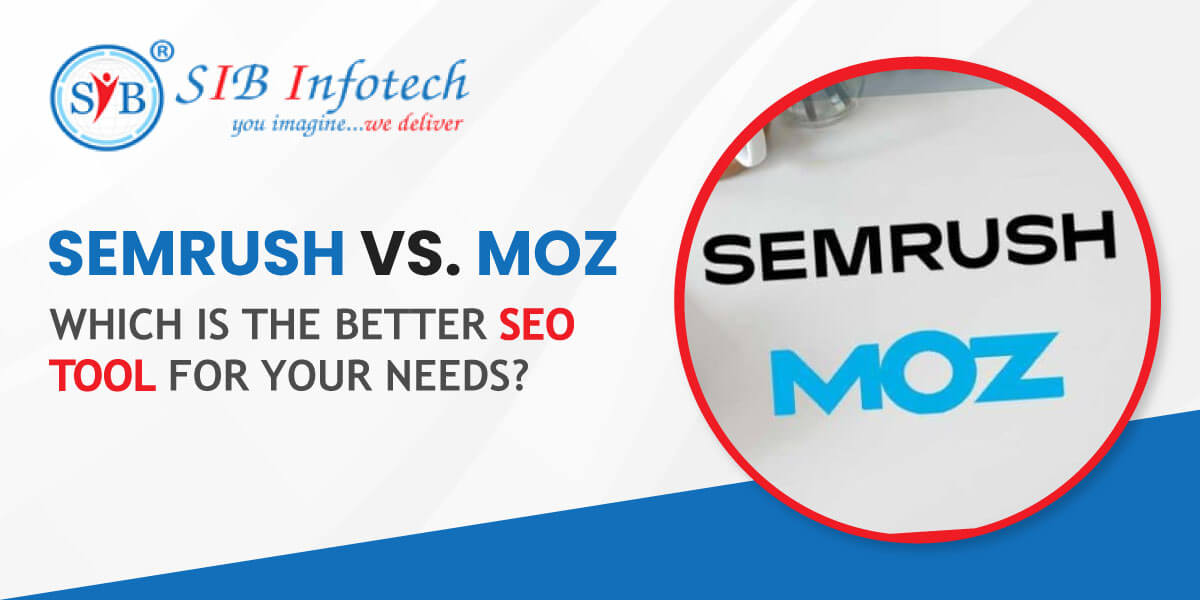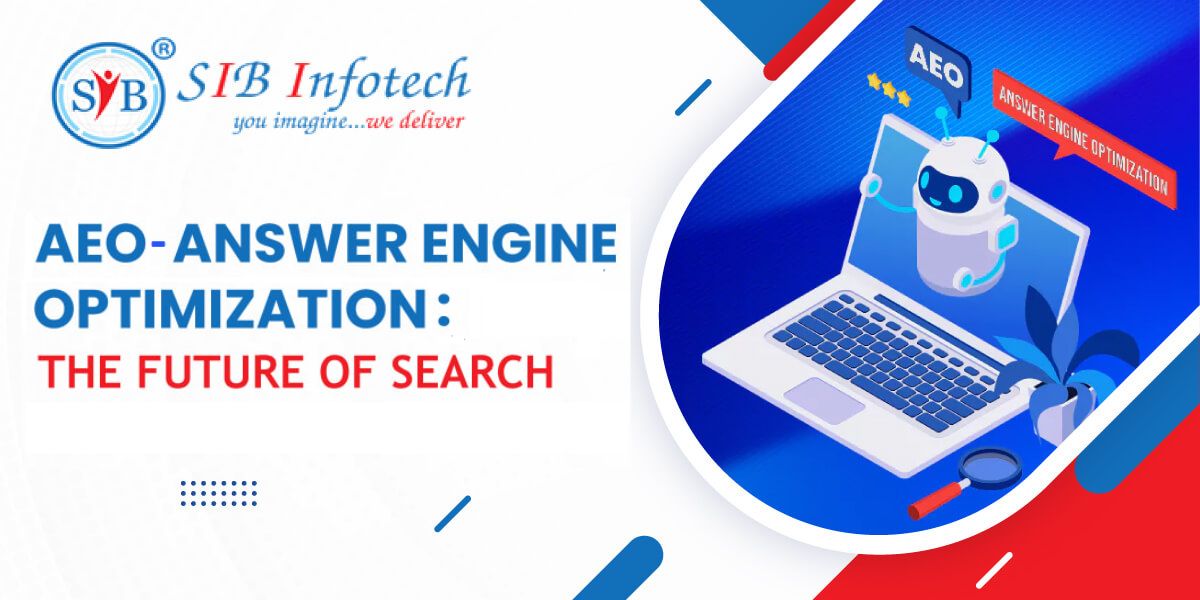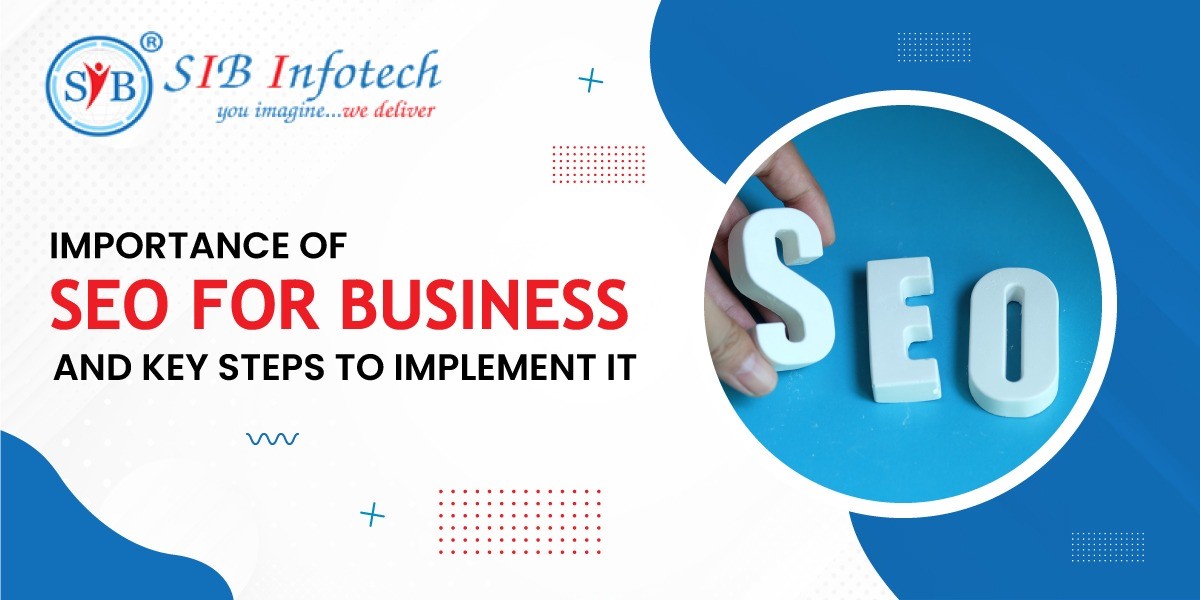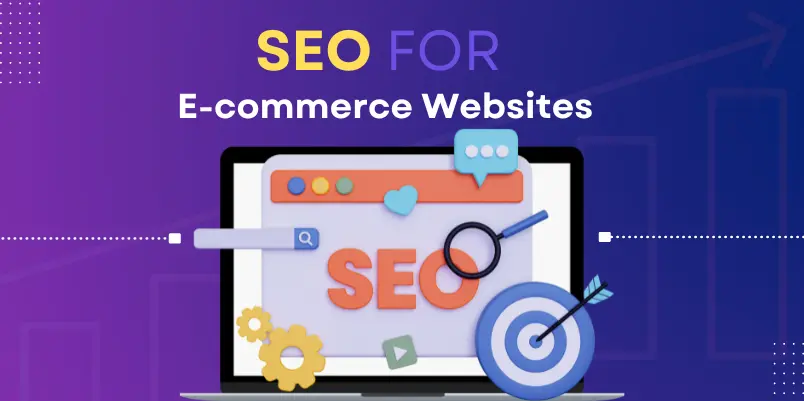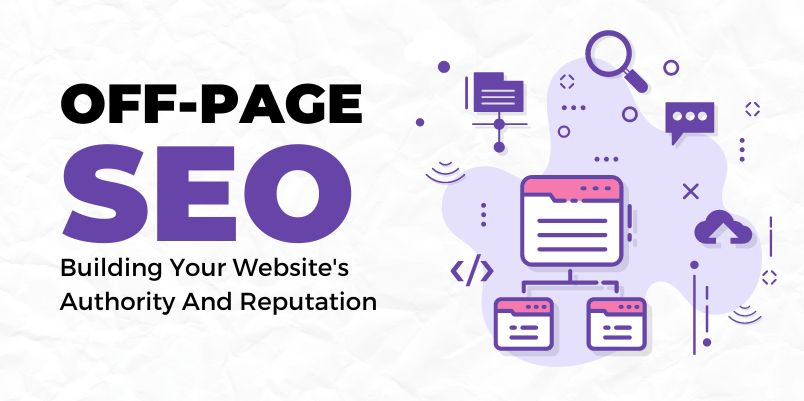SEO in 2025: Future Predictions and Trends for Success
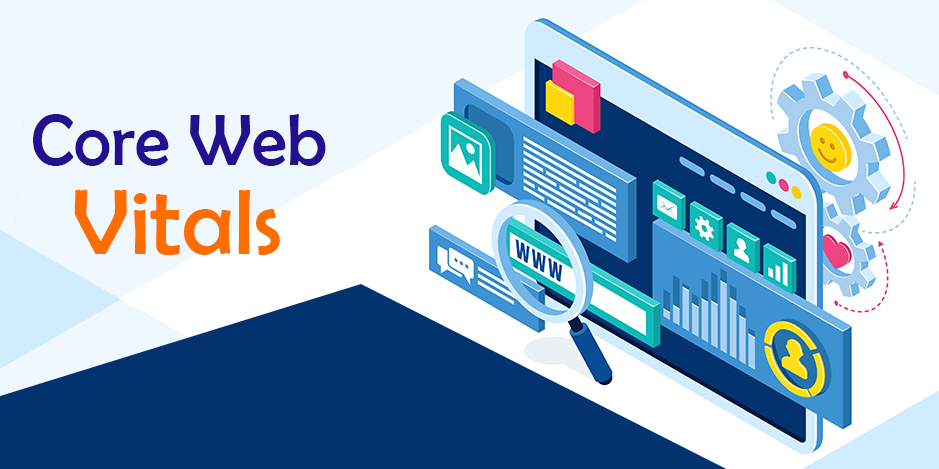
Core Web Vitals: Google New Official Ranking Factor Signal
- by Webdesk
- Jan 25, 2021
Home Blog Core Web Vitals: Google New Official Ranking Factor Signal
As announced by Google last year through a tweet now the page rankings will not only depend upon keyword optimization, backlinks, and mobile experience but at the same time ranking of your page will also rely on the on-page experience. This is what Core Web Vitals is all about which will now be a part of page rankings and will be implemented from May 2021. Focusing on a better experience for the users these Core Web Vitals will cover the page loading speed, responsiveness, and visual stability.
In this article, you'll find a complete explanation of the Core Web Vitals and how they will impact your rankings.
Are the Core Web Vitals something to be scared of?
When it comes to page rankings, Core Web Vitals will play a crucial role in hampering your rank in the coming years. Be it the page loading time, mobile-friendliness, or representation of your catchy content, a slight delay will give a chance to some other site to replace your ranking. The main reason behind introducing this new tactic is to drive more focus on the On-Page experience.
A good quality page experience calls for
- Mobile-friendliness
- Safe browsing i.e. your page should not have any misleading content or malicious software.
- The primary content of your website is to be free from any issues.
- The page to be interactive and not take much time to load.
You may also read: Timing for bringing page experience to Google Search
If your website has all these factors covered then Core Web Vitals are nothing to worry about.
Google will incorporate these page experience metrics for the top stories feature on mobiles and remove the AMP requirement. They’ll also provide a full six months’ notice before rolling this out so that you have ample amount of time to think about it and get on track.
If you are creating a new website or updating the existing one here’s what you should focus on as per the new metrics announced by Google.
Loading: Largest Contentful Paint (LCP)
If your main focus is on high-quality content through proper keywords it’ll surely lead you to better rankings but what if it takes at least 10 seconds to load the content in a picture or video format? All your efforts are in vain because the general benchmark for Google is 2.5 seconds i.e. your website should display all the contents in the first frame within 2.5 seconds. If your website takes a large amount of time to load it will eventually lead more people to bounce. As the webpages pass through different stages while loading so when the final element of the top of your page loads that will be counted as the LCP. A lower LCP means a higher ranking whereas a higher LCP means a lower ranking.
Interactivity: First Input Delay (FID)
The First Input Delay is the responsiveness of your webpage. Let’s take an example of the Amazon webpage where you enter the item you are looking for and click on submit. How long does it take for the page to fetch out your requested item is what responsiveness or FID means. It's the time between the user entering their request and the page responding to the request. But what if the users had to click on the submit button several times, it would lead to frustration hampering your page rankings.
Visual Stability: Cumulative Layout Shift (CLS)
There are many websites with eye-catching content but while you are reading the content some random ads or videos pop up in between and you end up clicking on them accidentally. These are the signs of poor On-Page experience and this is what Google wants to be eradicated so that its users have a better browsing experience. CLS is the count of unexpected layout changes of your webpage and its overall visual ability. In short, the lesser the CLS count higher the page ranking.
Core Web Vitals and Their Scores
You can check your Core Web Vitals score using Google PageSpeed Insights.
How to know what Improvements are required in your Website to Improve the Core Web Vitals?
To know about the improvements you can make to your website for a better experience for the users head to your Google Search Console where you'll find the option of Core web vitals. Clicking on it will provide you with a report of both Windows and desktop and the improvements needed. While reviewing the report your main focus should be on improving the poor URLs as they'll take more time to load and process actions. From a CLS issue to an LCP issue, these mobile and desktop reports will point out the every-minute improvement needed in your website. After fixing all the problems you can click on "Validate" after which Google will verify your progress and update the report.
“When you head to your Google Search Console, you will see Core Web Vitals., from where you get a report for mobile and desktop. By clicking it, you will see a list of Good URLs, URLs that need improvement and Poor URLs.”
How to Fix the Core Web Vitals Issues?
After discovering all the issues related to Core Web Vitals, it's time to fix the issues.
If LCP is the issue, all you need to work on is to limit your content which is displayed on the top of the webpage. The content should have only the critical information the visitor needs to know. Meanwhile, the rest of the content can be moved down the page.
If FID is the issue, you need to reduce the third-party code impact i.e. avoid having a bunch of different processes that are executing simultaneously as it will take a large amount of time to start working, and reduce JavaScript execution time i.e. send only the codes necessary for the user and remove all unnecessary codes, keep requests count low and avoid transferring files of huge size.
If CLS is the issue, all you need to work on is the size attribute and video elements on all media. Make sure you allow an ample amount of space for a piece of content while loading to avoid any unnecessary page shifts.
Conclusion
There's nothing to worry about with Google's new shift towards the Core Web Vitals to ensure a better page experience for the users but no doubt there will be tough competition for better page ranking in the coming years. With this announcement, it is clear that Google intends to focus more on the On-Page experience.
For a better user experience and top Google Search Results, you need a top-rated digital marketing agency and SIB Infotech is the one-stop solution for your Best Website Designing and SEO Services Company.
.webp&w=3840&q=100)


